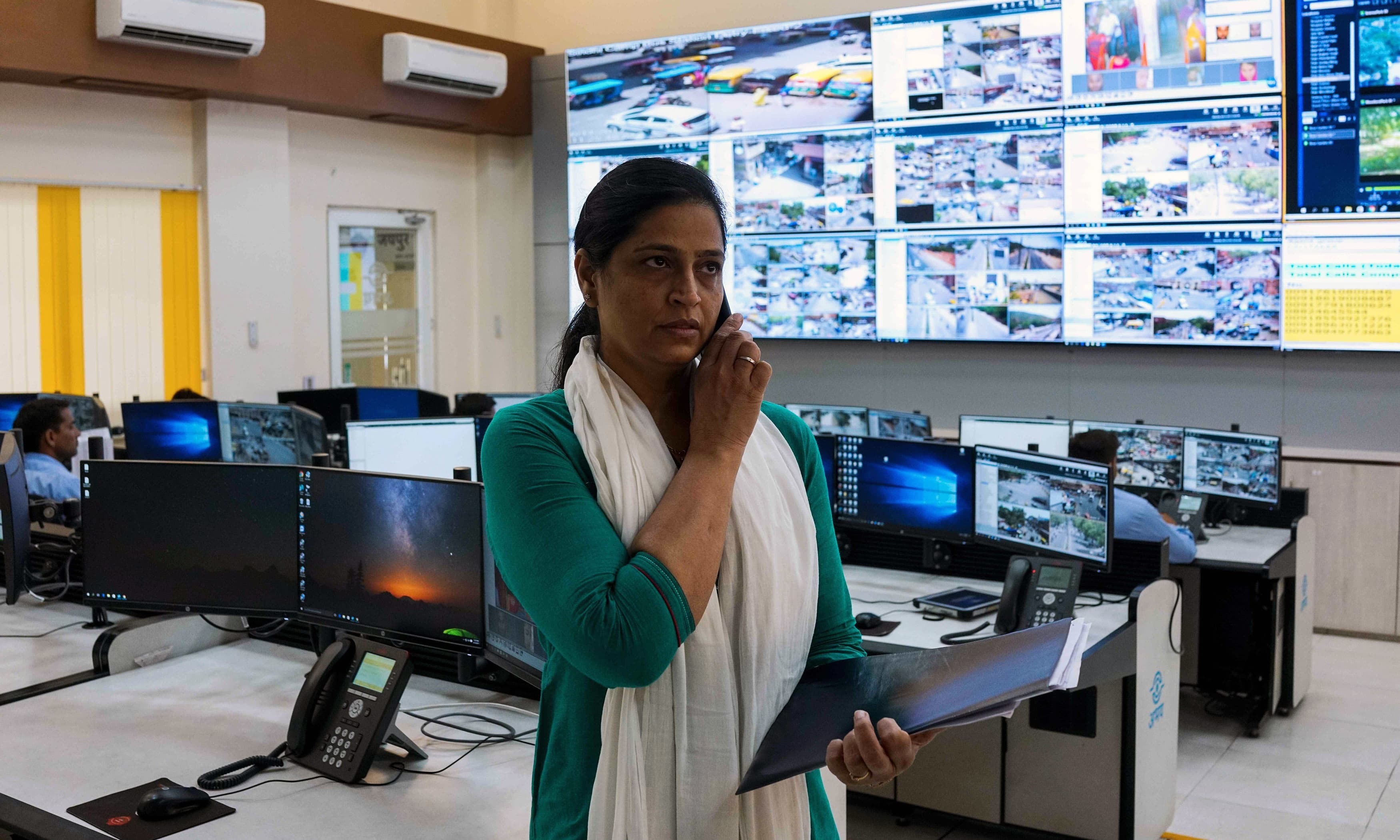ISLAMABAD: While female labour force participation in both Pakistan and India is below 30 per cent (half of the global average), the two neighbouring countries seem to be heading in different directions, with Delhi recording an average decrease of one per cent and Islamabad witnessing 2pc rise in female labour force participation in recent decades.
These findings were part of an International Monetary Fund’s (IMF) study titled “Women in the Labour Force: The Role of Fiscal Policies”.
According to the IMF staff report, women in most countries do not have same opportunities as men have to participate in economic activities. Although the gender gap in labour force participation has declined substantially over the past 30 years, average female labour force participation remains well below the male rate.
Increased female labour force participation and stable male labour force participation led to a seven percentage point decline in the global gender gap in labour force participation, which fell to 20 percentage points in 2018. On an average, only 60pc of 15- to 64-year-old women were in the labour force in 2018, compared with 80pc of men. However, in 21 countries, including India, Pakistan and Egypt, female labour force participation was below 30pc.
IMF report finds overall decline in gender gap, but women’s participation is still far less than men’s as they do not get same opportunities
Female labour force participation varied widely across countries, from 15pc in Algeria and Jordan to 86pc in Iceland. This reflects historical differences in economic and social structures that have affected women’s economic opportunities.
Countries also differ greatly in the growth of female labour force participation since 1990. Globally, about one-quarter of countries experienced declining female labour force participation, with countries such as India and Sri Lanka facing an average annual decrease of one per cent between 1990 and 2018, whereas Pakistan, Peru and Spain experienced average annual increase of 2pc.
“The average female labour force participation rate across countries is still 20 percentage points lower than the male rate, and gender gaps in wages and access to education persist,” the report says.
Many countries have adopted fiscal policy measures to promote gender equality since the mid-1980s, it mentions. Countries use tax and expenditure policies to address gender inequality and the advancement of women in areas such as education and economic empowerment.
As of 2018, at least 80 countries have used gender-responsive fiscal policy interventions to reduce gender inequality.
Women’s economic empowerment is key to growth both through the direct impact of the size of the labour force on output and productivity and through higher domestic demand. Greater participation of women in the labour force also brings greater diversity that can foster new ideas for production and management, boosting aggregate productivity. A wide range of country and regional case studies provide further support for the positive relationship between female labour force participation and growth.
The IMF findings confirm that the gender-responsive fiscal policies can support female labour force participation and have important macroeconomic and distributional effects. The analysis highlights the key channels through which policies impact women’s participation in the paid workforce, economic growth, income inequality and poverty, rather than considering trade-offs among the different measures and ranking them.
The impact and transmission channels of different fiscal interventions depend on both the design of the measures and a country’s features, such as its level of development, labour market and economy structures, education gaps between men and women, and the degree of discrimination against women’s economic empowerment.
In advanced economies, removing tax provisions that discriminate against secondary earners would have a very significant positive impact on female labour force participation for economic growth, at no fiscal cost in the long run. The measure would also increase the progressivity of the tax system, with a positive impact on both inequality and poverty.
However, this measure could potentially have a negative impact on some married, single-earner households. Subsidising childcare and providing paid maternity leave would boost economic activity supported by an expansion of female labour force participation, mostly among women with low and moderate skills.
In low-income countries, investing in education and in infrastructure projects that have higher return for women, such as for safe water, would have the largest economic and social payoffs while boosting female labour productivity. While investing in education is important for shaping future labour force productivity, financial support to less privileged women in the labour force can help reduce poverty in the meantime.
Published in Dawn, February 19th, 2020














































